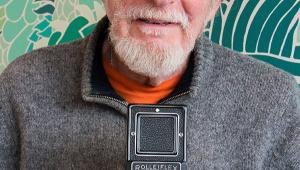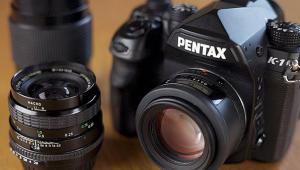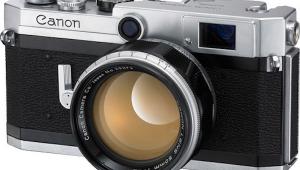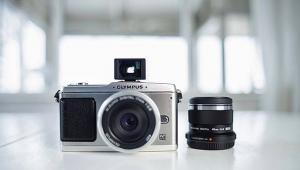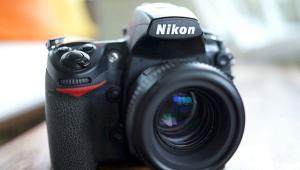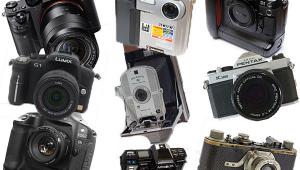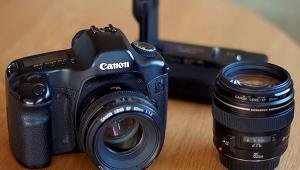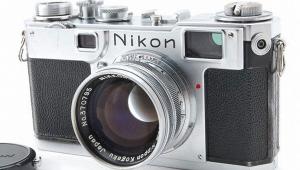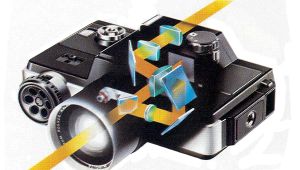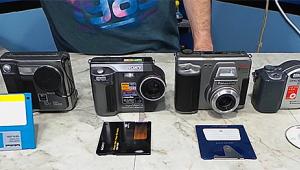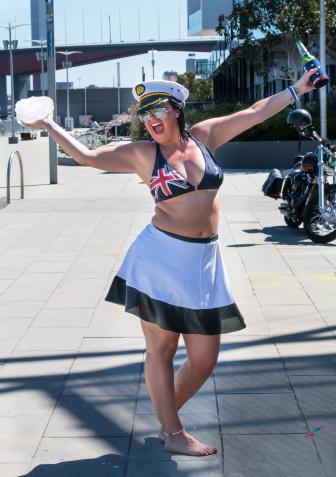Classic Cameras
Zeiss Ikon Baby Box
It's hard not to fall in love with the Baby-Box even before you see the camera itself. If it's in its case, you see the sweetest little saddle-leather box just 31/2x21/5x3". It has a dinky little strap, all of 17" long from end to end, and on the press-stud on the front are the immortal words "Zeiss Ikon," guaranteed to make any photographer's heart beat at least a little faster. Available Lenses Slow It Down |



